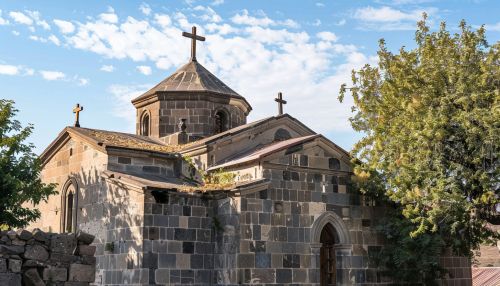Armenian Apostolic Church
History
The Armenian Apostolic Church is one of the world's oldest Christian communities, tracing its origins back to the apostles Bartholomew and Thaddeus in the 1st century AD. The church became the state religion of Armenia in 301 AD, making Armenia the first nation to formally adopt Christianity as its state religion. The church has a rich history, marked by periods of autonomy and subjugation, growth and decline, and resilience in the face of adversity.


Doctrine and Practices
The Armenian Apostolic Church follows the Nicene Creed, and its liturgy is conducted in Classical Armenian, a language that has been in use since the 5th century. The church practices infant baptism, and it believes in the real presence of Christ in the Eucharist. The church also observes a number of feasts and fasts throughout the year, including the Feast of the Nativity and Theophany of our Lord Jesus Christ, and the Fast of the Assumption of the Holy Mother of God.
Organization and Structure
The Armenian Apostolic Church is led by the Catholicos of All Armenians, who resides in Etchmiadzin, Armenia. The church is divided into dioceses, each headed by a bishop. The church also has monastic orders, with the monks taking vows of poverty, chastity, and obedience. The church's structure is a blend of episcopal and conciliar elements, with the Catholicos being elected by a National Ecclesiastical Assembly.
Influence and Impact
The Armenian Apostolic Church has had a significant impact on Armenian culture, influencing its literature, music, art, and architecture. The church has also played a crucial role in preserving the Armenian identity, especially during periods of foreign domination. The church's influence extends beyond Armenia, with a significant presence in the Armenian diaspora.
Challenges and Controversies
Like many religious institutions, the Armenian Apostolic Church has faced its share of challenges and controversies. These include issues related to church-state relations, allegations of corruption, and debates over doctrinal issues. The church has also been involved in efforts to recognize the Armenian Genocide, a campaign that has often put it at odds with the Turkish government.
